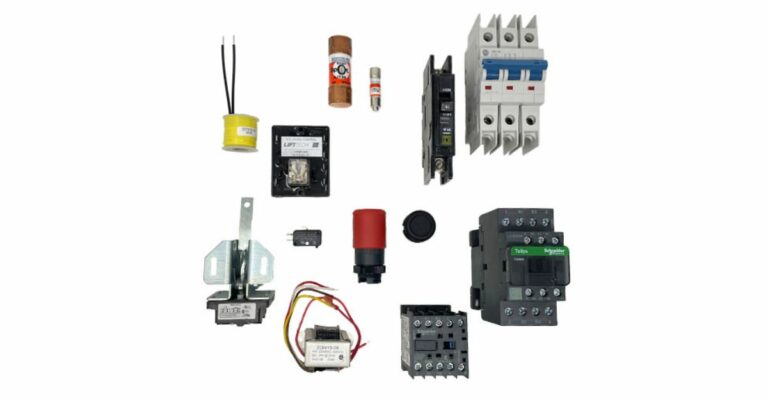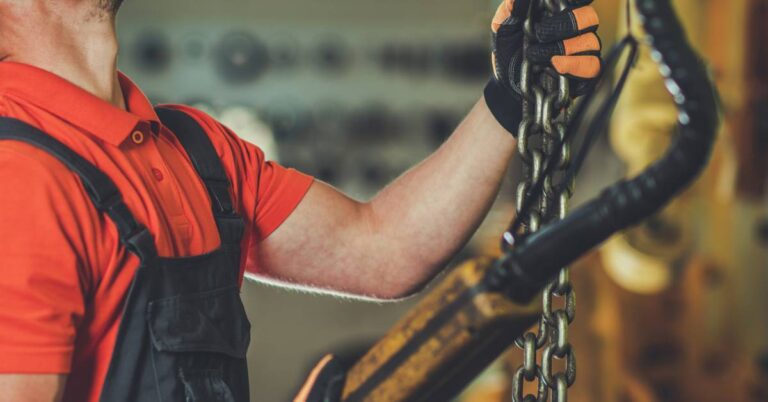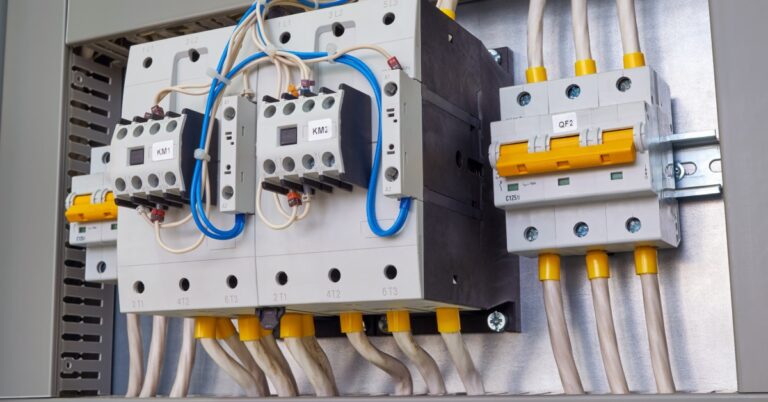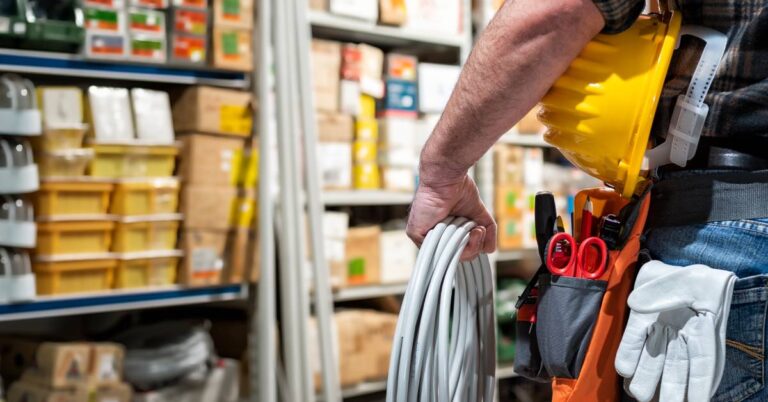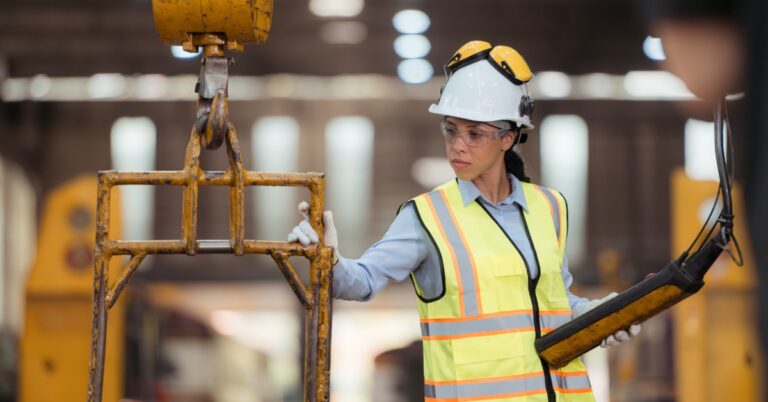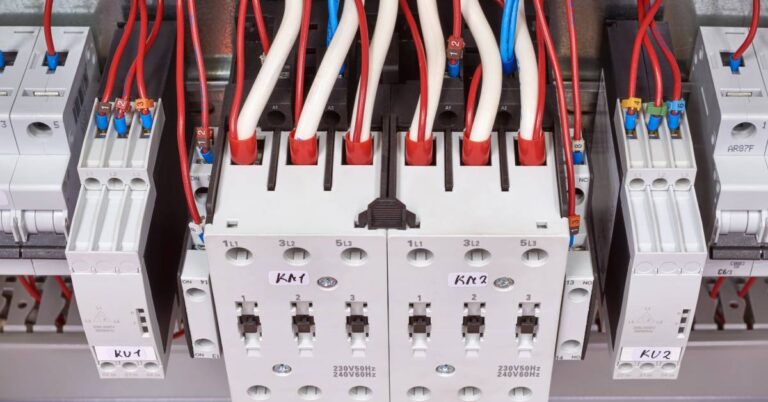Common Issues With Crane Brake Parts and Their Solutions
Crane brake systems play a crucial role in ensuring the safety and efficiency of cranes during daily operations. These systems are responsible for controlling movement, preventing loads from dropping, and maintaining stability.
However, frequent usage in demanding industrial environments exposes crane brakes to wear and tear, leading to potential operational issues. In this guide, we’ll cover the common issues that can crop up with crane brake parts and provide effective solutions for these problems.
Excessive Brake Wear
Crane brakes often experience significant wear due to the friction between brake pads and the drum or disc during braking. Over time, this friction reduces braking efficiency, increasing the risk of safety hazards. Regular maintenance and timely replacement of worn-out components are crucial to address this issue.
Solution: Implement a Preventive Maintenance Program
To combat excessive brake wear, establish a regular maintenance schedule that includes inspecting brake pads and discs for signs of wear. Use high-quality, durable brake materials to extend component lifespan and train operators to use braking systems efficiently to minimize unnecessary strain.
Contamination
Contaminants like oil, grease, dust, or moisture frequently enter the brake mechanism, compromising its performance. These substances can reduce the effectiveness of the friction material, making it difficult for the brake to grab and hold properly. Ensuring a clean and sealed brake system can help mitigate this problem.
Solution: Improve Sealing and Cleaning Procedures
Install proper seals to prevent contaminants from entering the hoist brake module and regularly clean brake components to remove any accumulated dust or oil. Additionally, conduct periodic checks for leaks or other sources of contamination and address them promptly.
Misalignment
Misalignment occurs when components like the drum, disc, or calipers fall out of correct alignment because of excessive wear or physical damage from outside forces. This issue can result in uneven braking, faster wear of certain parts, and potential damage to other components in the system. Proper alignment checks and adjustments are essential to maintain optimal brake performance.
Solution: Perform Routine Alignment Inspections
The solution for this common issue with crane brake parts is to schedule regular alignment checks to ensure the correct positioning of all brake components. Use precision tools to adjust and align the drum, disc, and calipers as needed. Address any signs of uneven wear immediately to prevent further system issues.
Preventing Future Brake Issues
Implementing preventative measures is a key part of maintaining crane brake systems and avoiding costly downtime. Scheduling routine inspections and preventative maintenance helps ensure you catch any developing problems early.
Correct operator training can also prevent premature brake wear. Operators should avoid abrupt stops whenever possible and adhere to load weight limits to minimize strain on the brakes. Finally, consistently using genuine replacement parts is vital for the proper functioning of the braking system.
Maintain Your Crane Parts With Tanooga
Crane brake systems are an essential element of safe and efficient crane operation, making it critical to address common issues such as wear, contamination, and misalignment. For crane operators, maintenance technicians, and plant managers, staying proactive about these challenges is not just a matter of efficiency—it’s about maintaining a safe work environment.
If you need genuine replacement hoist brake parts, Tanooga is here to help. Browse our wide inventory of parts or contact our staff for help finding what you need today.


